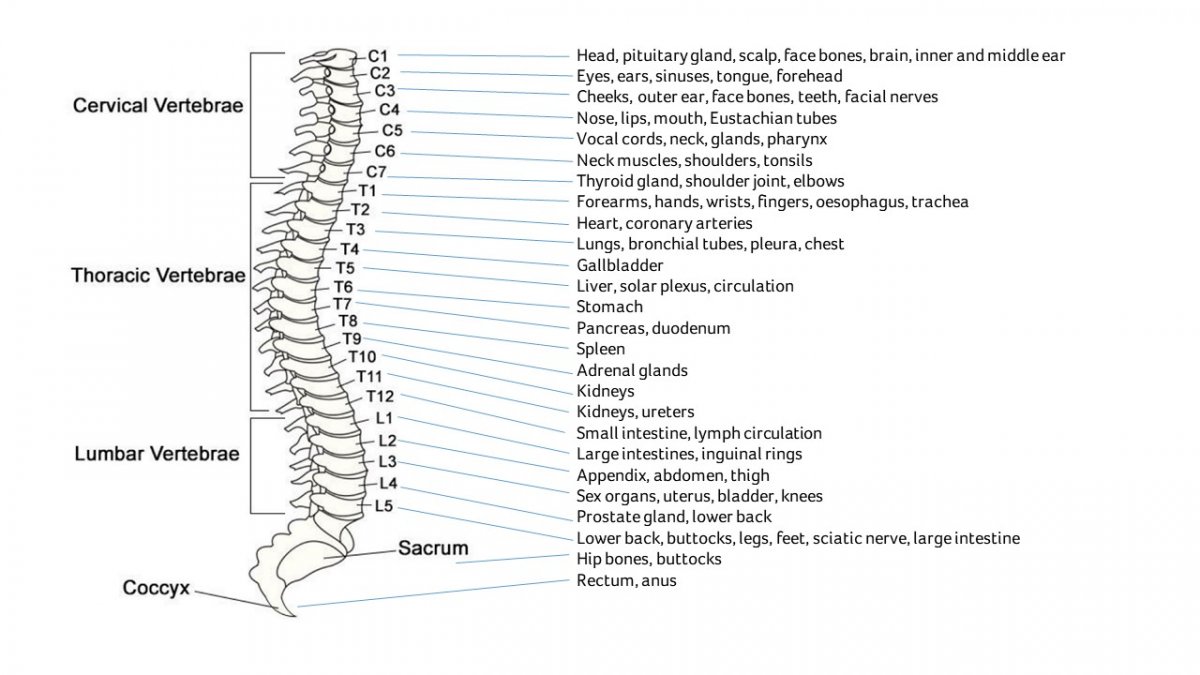The nervous system is a network of nerves that allows the brain to co-ordinate all your body functions. Nerves allow you to maintain awareness of the outside world through your senses and also transmit messages from your brain to your muscles and organs.
The nervous system is divided into two areas:
- Central nervous system (CNS)
This consists of the brain and spinal cord and is enclosed within the skull and spine.
- Peripheral nervous system (PNS)
These are all your other nerves. They connect the central nervous system to the rest of the body.
The central nervous system receives, processes and stores information from the peripheral nerves and sends out messages telling the body how to respond. The CNS is made up of two types of cells - nerve cells (neurons) and support cells (glia).

Only nerves in the central nervous system are damaged by multiple sclerosis. However, MS can affect all parts of the body. Your MS symptoms will depend on where in the CNS the damage is, as the peripheral nerves for the face and body connect to the CNS at the joints between the spinal bones that surround and protect your spinal cord (vertebrae).
The image below shows how these peripheral nerves map onto your spine, and the numbers given to the vertebrae. A lesion at one point in the spinal cord can potentially affect the transmission of nerve messages to any point 'downstream' from that lesion. So, if you have a lesion around T10 (thoracic vertebra 10), then as well as affecting your kidney function, the lesion could also disrupt the nerve messages to and from your intestines, legs, buttocks, sex organs and bladder. This is one reason why walking, bladder, bowel and sexual problems are common in MS.





